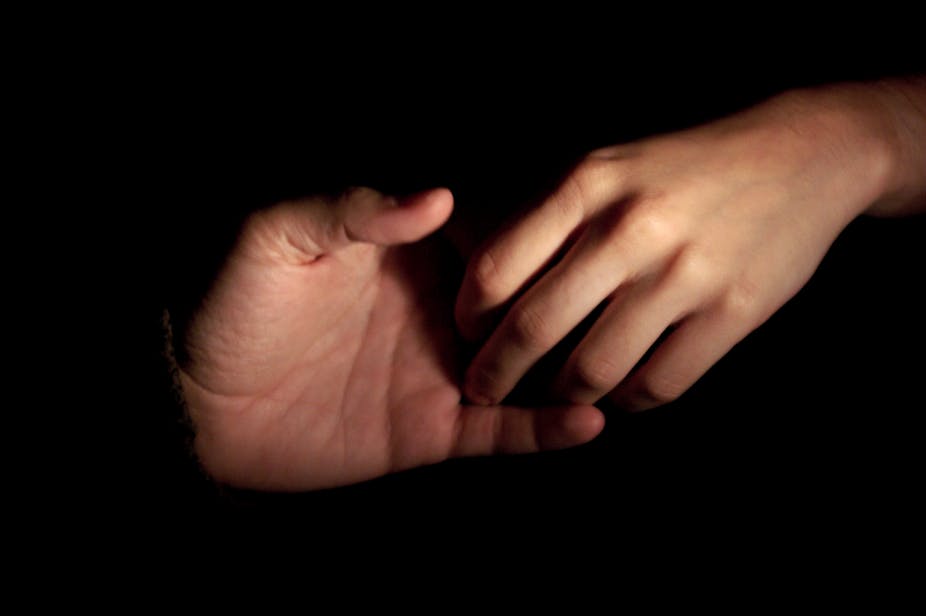People with disabilities suffer higher rates of sexual assault than are seen in the broader community. They also suffer barriers to reporting which mean the available figures are likely to significantly under represent the true rate of abuse.
One study of sexual offences reported to Victoria Police revealed that just over a quarter of victims had a disability. Of this group, 15.6% had a psychiatric disability or mental health issue and 5.9% had an intellectual disability. This is despite data indicating that adults with a psychiatric and/or intellectual disability represent just 5.2% and 3% of the Australian population.
Barriers to justice
It is widely acknowledged that all sexual violence is under-reported, with just 19% of sexual assault victims reporting the crime to police. This is due to significant barriers to reporting sexual violence that exist across the general population. These include a fear of not being believed and a fear of further violence or abuse from the perpetrator. There is also the trauma of going through the criminal justice process.
All of these factors can be compounded for people living with a disability. Take, for example, a person living in a residential or aged care facility. They may initially disclose some aspect of the abuse to a staff member, who ultimately will decide whether the matter should be referred to police. The victim faces the risk of receiving compromised care, while the police may never hear of the abuse. There are similar dangers involved with reporting abuse from a family member.
For people with a psychiatric or intellectual disability, stereotypes or assumptions about their disability may increase doubts over their claims. Indeed, perpetrators may target people with these disabilities precisely because they think the victim is less likely to report the crime and less likely to be believed.
A 2003 study by the Victorian Disability Discrimination Legal Service inspected the experience of victims of sexual assault with a disability in the criminal justice system. The authors found that the most common barriers to justice for these victims were:
- not being believed when they do report sexual assault
- not being considered reliable witnesses in court proceedings and
- not being considered capable of participating in the justice process.
In short, because as a society we minimise, doubt and fail to investigate instances of suspected abuse, many cases that should be brought forward are never pursued.
What can be done?
There a number of community-based programs trying to improve outcomes for victims of sexual violence living with a disability. Sexual education programs for people with disabilities provide information about sexual health and sexual violence prevention, including people’s rights and advice on what to do if anyone’s behaviour makes them feel uncomfortable or unsafe.
But combating the culture of secrecy in some institutions will require close work with residential care agencies. Key measures include the professional development of staff, to help them identify potential warning signs of sexual abuse. Working with vulnerable adults checks can be used to prevent abusers from moving from one facility to another. Furthermore, there should also be clear and consistent policies for responding to disclosures of sexual violence or suspected abuse cases.
Further improvements are needed to assist police and state prosecutors to work more effectively with victims. This includes training to conduct appropriate interviews for eliciting evidence, and court processes that enable victims with a disability to have their evidence heard in court.
If urgent change is carried out across public policy, the residential care sector and the criminal justice system, we can stop the denial of justice for victims of sexual violence with disabilities.

